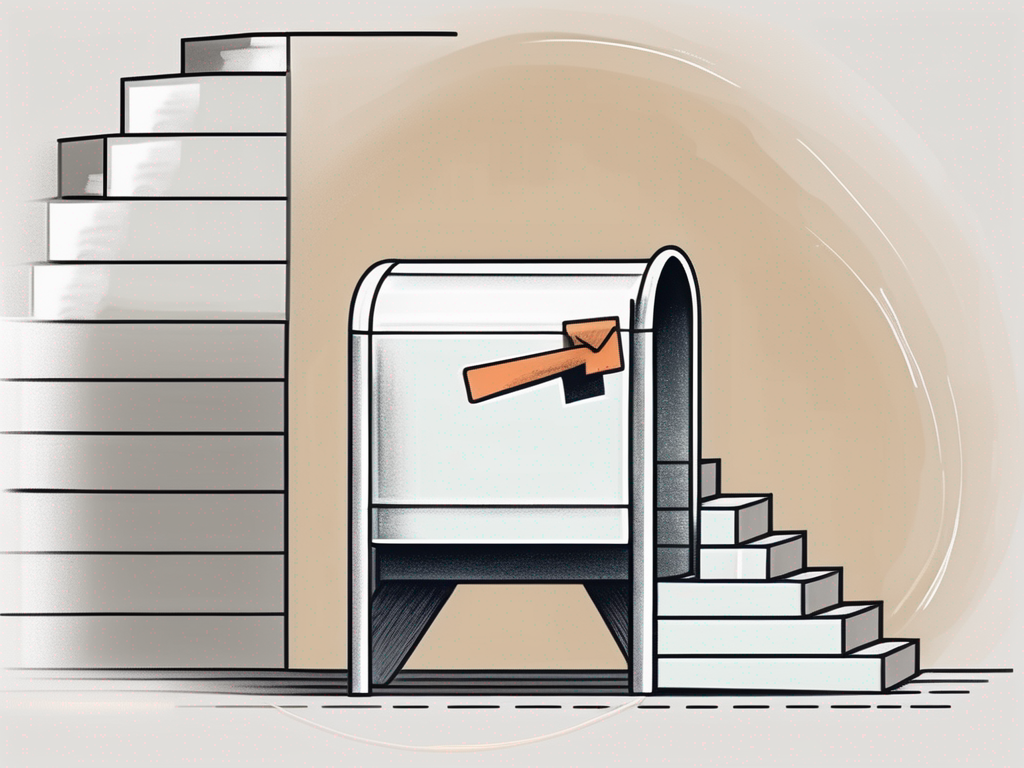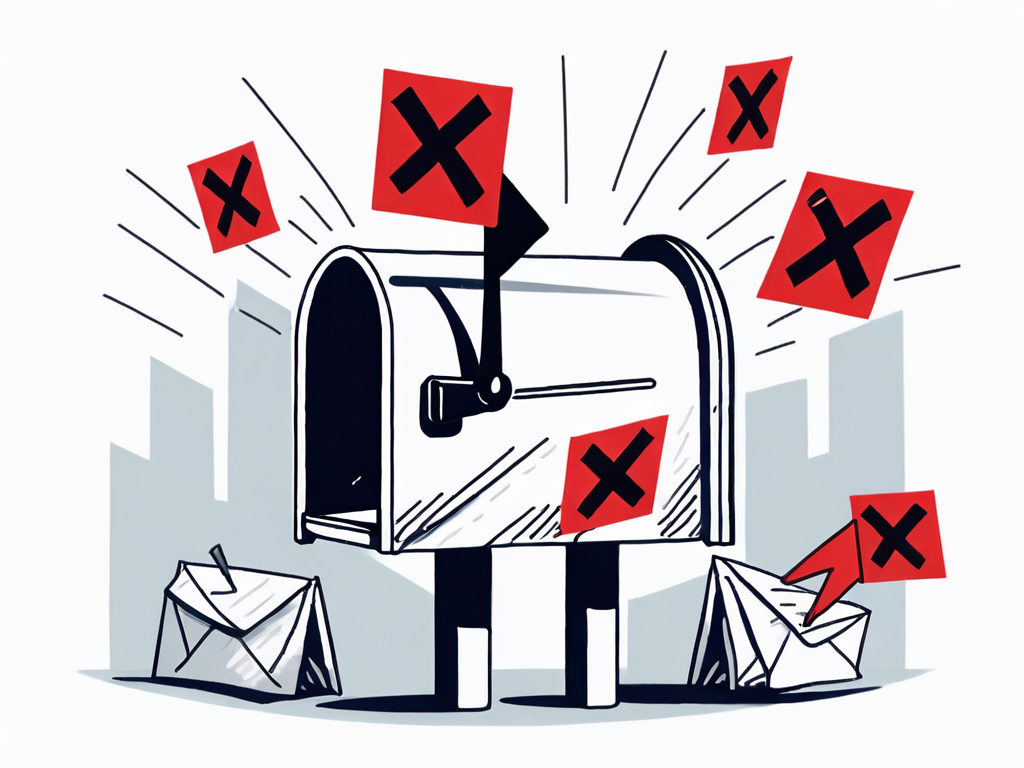Learn how to send 1099 forms with ease using this comprehensive step-by-step guide.
rEAD MORE
The process of sending 1099 forms may seem daunting, especially if it's your first time. However, it doesn't have to be complicated. In this step-by-step guide, we will walk you through the process and provide you with all the information you need to ensure compliance with 1099 form requirements.
Before we dive into the step-by-step process, let's start by understanding the basics of 1099 forms. A 1099 form is an IRS document used to report various types of income, other than salaries, wages, and tips. It is typically used by businesses to report payments made to independent contractors, freelancers, and other non-employees.
When it comes to tax reporting, the 1099 form plays a crucial role in ensuring that all income is accounted for. It serves as a vital tool for the IRS to track income that may not be subject to traditional withholding, such as wages. By requiring businesses to issue 1099 forms to certain recipients, the IRS aims to prevent underreporting of income and ensure tax compliance across the board.
A 1099 form is a tax document that serves as an informational return. It provides the IRS with details of income earned by individuals or entities during the previous tax year. The purpose of the form is to ensure that both the payers and the recipients accurately report and pay their taxes.
Moreover, the 1099 form comes in various iterations, each tailored to different types of income. From freelance earnings to investment returns, these forms capture a wide range of financial transactions that are crucial for tax reporting purposes. Understanding the specific type of 1099 form required for each situation is essential to ensure compliance with IRS regulations.
Businesses and individuals who have made certain types of payments during the tax year are required to send 1099 forms to the recipients and the IRS. The general rule is that if you have paid $600 or more to an independent contractor or non-employee, you will likely need to send a 1099 form.
Compliance with 1099 reporting requirements is not only a legal obligation but also a way to foster transparency in financial transactions. By issuing 1099 forms to appropriate parties, businesses and individuals contribute to the integrity of the tax system and help prevent tax evasion.
There are different types of 1099 forms, each designed to report specific types of income. Here are some common types of 1099 forms:
These various forms cater to the diverse sources of income that individuals and businesses may encounter. By categorizing income streams into specific 1099 forms, the IRS can effectively track different types of earnings and ensure that they are properly reported on tax returns. Understanding the nuances of each 1099 form is essential for accurate tax filing and compliance with IRS regulations.
Now that you have a basic understanding of 1099 forms, let's move on to preparing to send them. Sending out 1099 forms is a crucial part of tax compliance for businesses and individuals who have engaged in certain financial transactions throughout the year.
One important aspect to consider when preparing to send your 1099 forms is the security of the information contained within them. Since these forms contain sensitive taxpayer information, it is essential to take precautions to prevent unauthorized access. Using secure methods of transmission, such as encrypted email or password-protected portals, can help safeguard this data.
Before you can start filling out your 1099 forms, you need to gather all the necessary information. This includes the name, address, and taxpayer identification number (TIN) of each recipient. It is important to ensure that all the information is accurate and up-to-date. In addition to basic information, you may also need to collect details about the payments made to each recipient, such as the total amount paid and the type of income earned.
Furthermore, it is advisable to maintain detailed records of the information gathered for your 1099 forms. Keeping organized records can streamline the process of filling out the forms and help ensure accuracy when reporting income to both recipients and the IRS.
Once you have the necessary information, you need to determine which type of 1099 form is appropriate for the income you are reporting. If you are unsure, you can refer to the IRS instructions or consult a tax professional. Selecting the correct form is crucial, as using the wrong form can result in errors in reporting income and potential penalties from the IRS.
Moreover, it is essential to review the specific requirements for each type of 1099 form to ensure compliance with IRS regulations. Different forms may have varying thresholds for reporting income, so understanding these distinctions is vital to accurately report payments to recipients and the IRS.
It is crucial to meet the deadlines for sending 1099 forms. The deadline for sending the forms to recipients is generally January 31st of the following year. However, if you are reporting non-employee compensation on Form 1099-MISC, the deadline is January 31st, but starting in tax year 2021, the deadline to file with the IRS is also January 31st. Missing these deadlines can result in penalties, so it is important to adhere to the timelines set by the IRS.
Additionally, it is recommended to send out 1099 forms as early as possible to give recipients ample time to review the information and address any discrepancies. Early distribution can help prevent delays in tax filing for recipients and promote efficient communication between payers and payees.
Now that you are prepared, let's dive into the step-by-step process of sending 1099 forms.

Before we delve into the detailed steps of sending 1099 forms, it's crucial to understand the importance of these forms. The 1099 form is used to report various types of income that individuals receive throughout the year that are not from a traditional employer. This includes income from freelance work, rental properties, interest, dividends, and more. By accurately reporting this income to the IRS and the recipients, you are ensuring compliance with tax laws and helping individuals fulfill their tax obligations.
The first step is to accurately fill out the 1099 form. Make sure to enter the recipient's information, including their name, address, and TIN (Taxpayer Identification Number). It's essential to gather all the necessary information before starting to fill out the form to avoid any errors or delays. Provide details about the income you are reporting, including the amount paid and the type of income. Double-check all the information before proceeding to ensure accuracy and compliance with IRS regulations.
When filling out the 1099 form, it's important to use the correct form for the type of income being reported. There are different types of 1099 forms, such as 1099-MISC for miscellaneous income, 1099-INT for interest income, and 1099-DIV for dividend income. Using the appropriate form will help streamline the reporting process and prevent any confusion.
After filling out the form, you will need to send a copy to the IRS. You can do this electronically or by mail. If you choose to file electronically, you will need to use the IRS's Electronic Filing System. Electronic filing offers a faster and more efficient way to submit your forms to the IRS and reduces the risk of errors. Make sure to follow the IRS guidelines for electronic filing to ensure successful submission.
Once you have completed the form and sent it to the IRS, you will need to provide a copy to the recipient. This can be done electronically or by mail. Keep in mind that if you are filing electronically with the IRS, you are required to send the recipient their copy by January 31st. Providing the form to the recipient in a timely manner allows them to accurately report the income on their tax return and fulfill their tax obligations.
It's important to communicate with the recipients regarding the 1099 forms they will be receiving. Inform them about the type of income being reported, the amount, and any other relevant details. Clear communication can help recipients understand the purpose of the form and ensure they include the income on their tax return. Additionally, maintaining records of when the forms were sent to recipients can serve as documentation of compliance in case of any future inquiries.
As you navigate the process of sending 1099 forms, it is important to be aware of common mistakes that can occur.

Ensuring accuracy and compliance is crucial when dealing with 1099 forms. By understanding and avoiding these common pitfalls, you can streamline the process and prevent potential issues down the line.
One common mistake is providing incorrect or incomplete information on the 1099 form. This can lead to delays, penalties, or even incorrect tax reporting. Take the time to double-check all the information before submitting the form.
When filling out the 1099 form, pay close attention to details such as the recipient's name, address, and taxpayer identification number (TIN). Any errors in these crucial fields can result in processing delays or IRS inquiries. It's always better to review the information multiple times to ensure its accuracy.
Missing the deadline for sending 1099 forms can result in penalties imposed by the IRS. Make sure to mark the deadline on your calendar and set reminders to ensure timely submission. Planning ahead can save you from unnecessary stress.
Additionally, keep in mind that the deadline for sending 1099 forms to recipients is January 31st. Failing to meet this deadline can not only lead to penalties but also create confusion for recipients who rely on these forms to file their taxes accurately. Setting up a timeline for gathering information and completing the forms can help you stay on track.
Using the wrong form to report income is another common mistake. Each type of income has a specific form that should be used. Refer to the IRS instructions or seek professional advice to ensure you are using the correct form.
Before submitting any 1099 forms, verify that you are using the appropriate form for the type of income being reported. For example, Form 1099-MISC is typically used to report payments to independent contractors, while Form 1099-INT is used for interest income. Using the wrong form can lead to discrepancies in reporting and potential audits. When in doubt, consult with a tax professional to avoid costly mistakes.
Despite your best efforts, you may encounter potential issues when dealing with 1099 forms. Here are a few common scenarios and how to address them.
One common issue that may arise when dealing with 1099 forms is discrepancies in the information reported. This can happen if there are errors in the data entry or if the recipient disputes the accuracy of the reported amounts. In such cases, it is crucial to review the information carefully and make any necessary corrections. Maintaining detailed records of the corrections made is essential for future reference.
If a recipient claims they did not receive their 1099 form or if the form was lost in the mail, you may need to provide a duplicate form. Keep records of all forms sent and be prepared to resend them as needed. It's a good practice to keep copies of all communication regarding the forms.
Another issue that may arise is when a recipient disputes the information reported on the 1099 form. This could be due to discrepancies in the amounts reported or incorrect personal information. In such cases, it is important to address the recipient's concerns promptly and work towards resolving any discrepancies. Keeping a record of all communications and any changes made to the form is crucial for maintaining accurate records.
In some cases, the IRS may have inquiries or questions regarding the information reported on your 1099 forms. It is important to respond promptly and provide accurate and complete information. Keep copies of all correspondence with the IRS for your records.
Additionally, another issue that may arise is when the recipient of the 1099 form does not agree with the information reported. This could lead to delays in tax filing and potential disputes. In such situations, it is important to communicate openly with the recipient, address any concerns they may have, and work towards finding a resolution. Keeping detailed records of all communications and any changes made to the form can help in resolving disputes effectively.
If a recipient claims they did not receive their 1099 form, it is important to take action. Follow up with the recipient and resend the form if necessary. Communicate clearly and keep a record of all communications.
Overall, navigating potential issues with 1099 forms requires attention to detail, clear communication, and proactive problem-solving. By staying organized and maintaining thorough records, you can effectively address any issues that may arise during the process of handling 1099 forms.
Sending 1099 forms doesn't have to be overwhelming. By understanding the basics, preparing in advance, and following the step-by-step guide, you can ensure compliance with 1099 form requirements. Remember to avoid common mistakes, address potential issues proactively, and keep accurate records. With these steps, you'll be on your way to successfully sending 1099 forms and meeting your tax obligations.

Copyright © 2025 Vincere Tax| All Rights Reserved
Privacy Policy